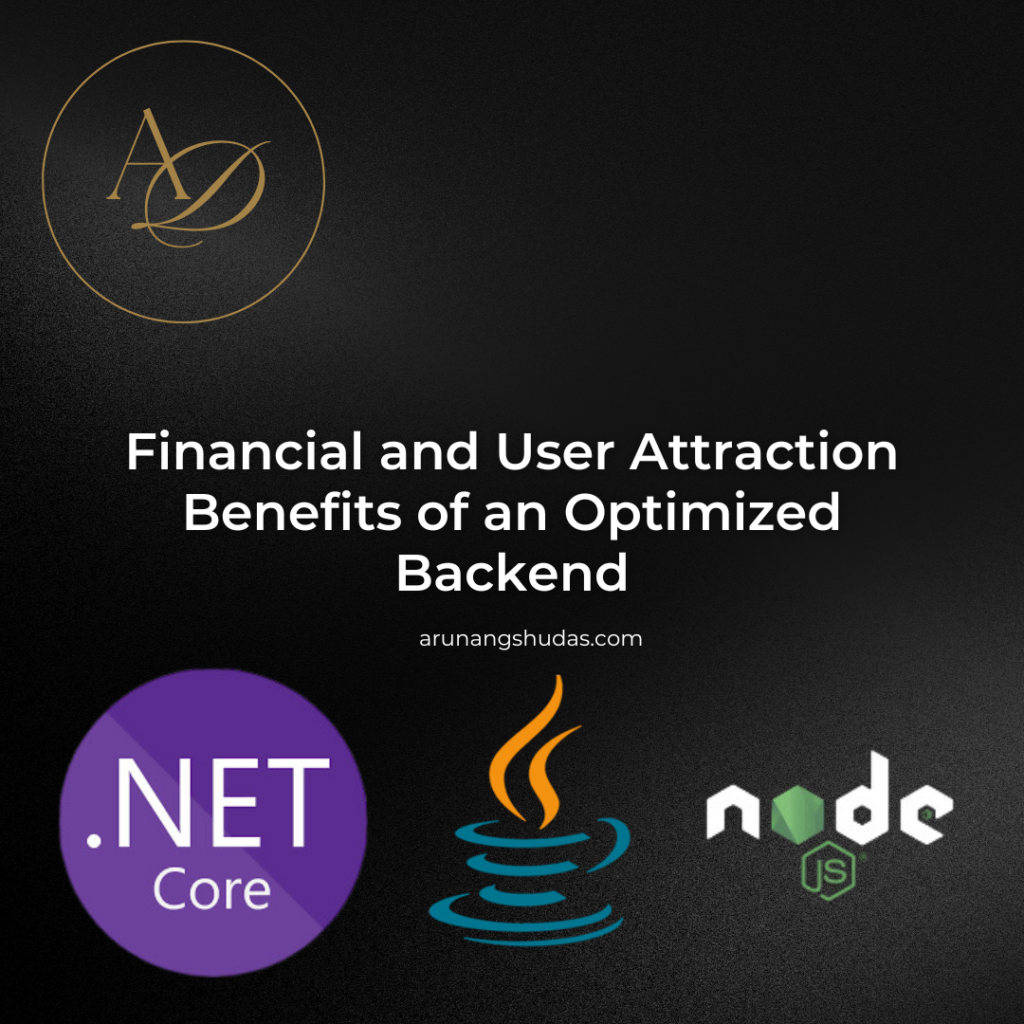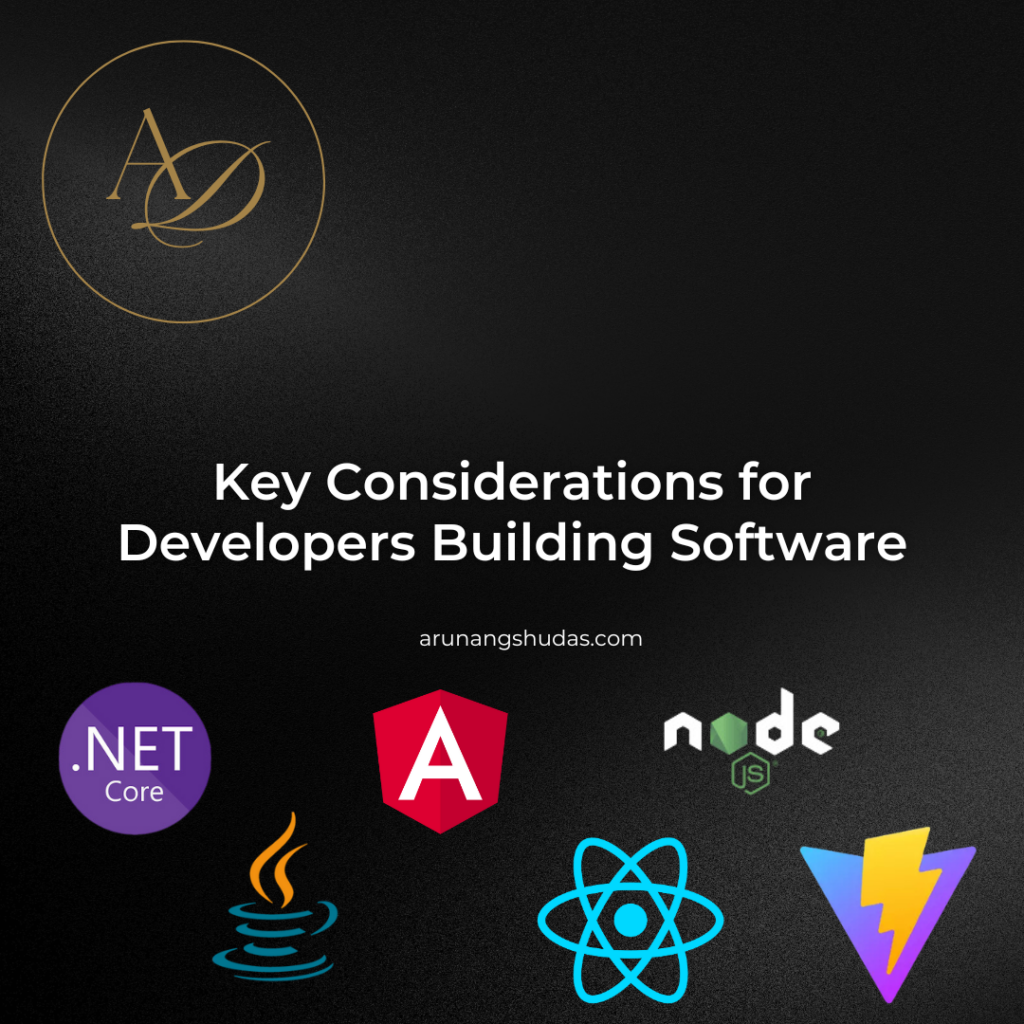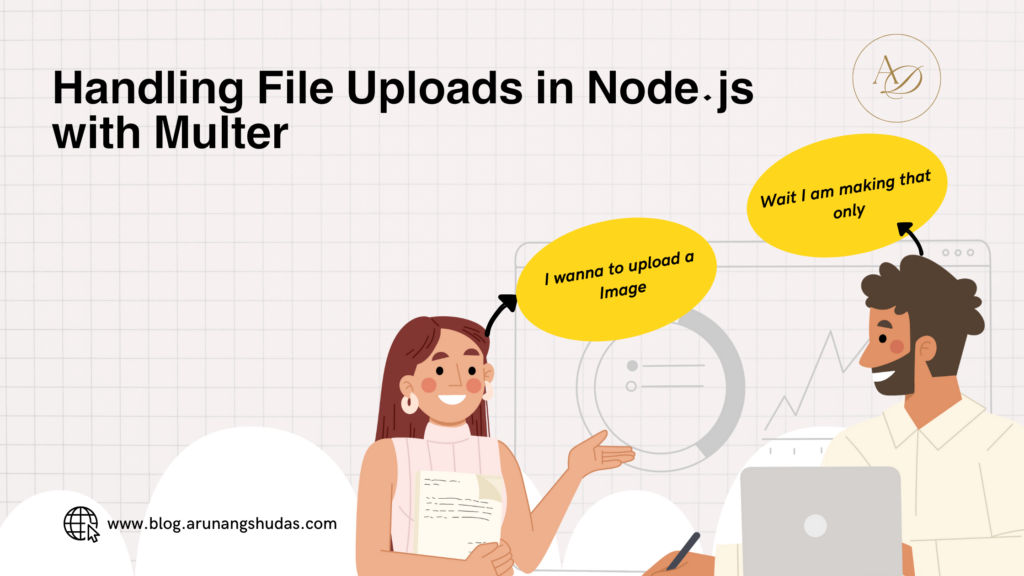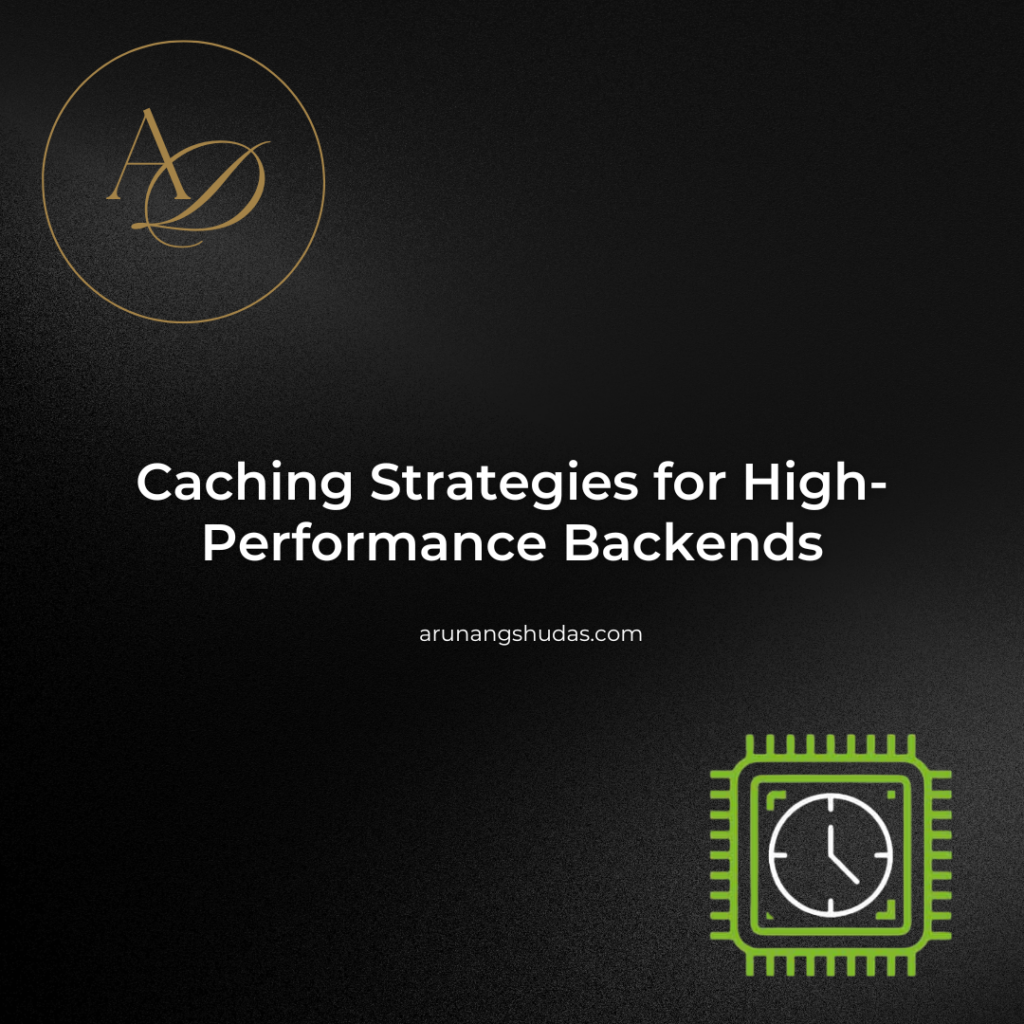When it comes to modern web development, the smooth integration between the backend and frontend is what makes an application function seamlessly. A well-integrated system ensures data consistency, performance efficiency, and a better user experience.
But here’s the challenge—how do you pick the right technology to bridge the gap between the frontend and backend? Should you go for GraphQL or REST APIs? What about WebSockets for real-time communication?
1. REST APIs (Representational State Transfer)
Best for: Standardized web services, mobile apps, and most modern web applications.
REST APIs have been the go-to method for backend-frontend integration for years. Based on HTTP methods like GET, POST, PUT, and DELETE, they provide a simple yet effective way to structure communication between the backend and frontend.
Pros:
- Follows standard HTTP protocols.
- Works with various formats (JSON, XML, etc.).
- Widely supported in all programming languages.
Cons:
- Can become inefficient with complex queries (multiple API calls needed).
- Over-fetching or under-fetching of data is common.
Use Case:
If you’re developing a web or mobile application that needs a structured API with clear documentation and security, REST is a solid choice.
2. GraphQL
Best for: Applications requiring highly flexible and efficient data fetching.
Unlike REST, GraphQL allows frontend applications to request only the data they need. This avoids over-fetching and under-fetching issues common in REST APIs.
Pros:
- Clients can specify exactly what data they need.
- Reduces the number of API requests.
- Strongly typed schema enhances data integrity.
Cons:
- More complex setup than REST.
- Can be overkill for small applications.
Use Case:
GraphQL is great for data-heavy applications like e-commerce platforms, social media apps, or dashboards where fetching multiple nested resources efficiently is crucial.
3. WebSockets
Best for: Real-time applications like chat apps, live notifications, and stock market dashboards.
WebSockets allow bidirectional communication between the frontend and backend, meaning updates can be pushed instantly without constant polling.
Pros:
- Real-time data exchange.
- Reduces latency compared to polling-based solutions.
- Ideal for applications requiring instant updates.
Cons:
- Not ideal for RESTful architectures.
- Can be challenging to scale for large systems.
Use Case:
If you’re building a real-time messaging app, live-streaming service, or collaborative tool, WebSockets is a must.
4. gRPC (Google Remote Procedure Call)
Best for: High-performance microservices and inter-service communication.
gRPC is a high-performance framework developed by Google that uses Protocol Buffers (Protobuf) instead of JSON for faster serialization and reduced payload size.
Pros:
- Highly efficient, low latency.
- Supports multiple programming languages.
- Works well with microservices architecture.
Cons:
- More complex than REST.
- Not natively supported by browsers (requires proxies).
Use Case:
gRPC is ideal when you need high-speed backend-to-backend communication—for example, in a distributed microservices system.
5. Firebase (Realtime Database & Firestore)
Best for: Startups, serverless applications, and projects that need instant synchronization.
Google Firebase provides a backend-as-a-service (BaaS), which allows frontends to directly integrate with the database without needing a dedicated backend.
Pros:
- No need for a separate backend server.
- Provides real-time updates.
- Built-in authentication and analytics.
Cons:
- Vendor lock-in (dependent on Firebase infrastructure).
- Less flexible compared to traditional backend solutions.
Use Case:
If you want to quickly launch a web or mobile app without managing backend infrastructure, Firebase is a great option.
6. Server-Sent Events (SSE)
Best for: Real-time applications where only the server needs to push updates.
SSE allows a server to send automatic updates to the frontend over a single HTTP connection.
Pros:
- More efficient than polling.
- Simple to implement (uses standard HTTP).
- Great for one-way data updates.
Cons:
- Only supports server-to-client communication.
- Limited browser support compared to WebSockets.
Use Case:
If you need a lightweight solution for real-time notifications, such as sports scores or live feed updates, SSE is a great alternative to WebSockets.
7. MQTT (Message Queuing Telemetry Transport)
Best for: IoT devices and applications needing ultra-lightweight messaging.
MQTT is a lightweight messaging protocol designed for devices with low bandwidth or unreliable connections.
Pros:
- Very efficient and lightweight.
- Works in environments with poor network stability.
- Low power consumption (great for IoT).
Cons:
- Not ideal for traditional web apps.
- Requires an MQTT broker for message handling.
Use Case:
If you’re developing IoT applications, such as smart home systems or vehicle tracking, MQTT is the go-to solution.
8. Apollo Client (for GraphQL)
Best for: Frontend applications using GraphQL APIs.
Apollo Client enhances GraphQL integration by providing caching, state management, and request batching.
Pros:
- Reduces network requests via caching.
- Improves frontend performance.
- Works seamlessly with React, Vue, and Angular.
Cons:
- Requires GraphQL on the backend.
- Slight learning curve.
Use Case:
If your frontend heavily relies on GraphQL, Apollo Client makes it more efficient by reducing unnecessary API calls.
9. Redux Toolkit with RTK Query
Best for: Managing complex state in frontend applications with API integration.
Redux Toolkit (RTK) simplifies state management while RTK Query provides powerful data fetching capabilities.
Pros:
- Simplifies API integration in React apps.
- Automatically manages caching and request lifecycle.
- Reduces boilerplate code.
Cons:
- Primarily designed for React applications.
- Can be overkill for simple state management.
Use Case:
If you’re working on a React-based frontend and need efficient API state management, RTK Query is a strong contender.
10. Next.js API Routes
Best for: Full-stack applications where frontend and backend need to be tightly integrated.
Next.js allows you to define API routes within your frontend project, eliminating the need for a separate backend.
Pros:
- Built-in backend API support.
- Server-side rendering and static generation capabilities.
- Great for SEO-driven applications.
Cons:
- Tied to the Next.js framework.
- Limited for large-scale backend logic.
Use Case:
If you’re building a full-stack app using Next.js, API routes simplify backend-frontend communication.
Final Thoughts
Choosing the right technology for backend-frontend integration depends on your application’s needs.
- Need a standard, easy-to-use API? → Go with REST.
- Want efficient data fetching? → GraphQL is your friend.
- Building real-time apps? → Try WebSockets or SSE.
- Working with IoT devices? → MQTT is your best bet.
- Using React + GraphQL? → Apollo Client will make your life easier.
Each of these technologies serves a specific purpose, and in many cases, a hybrid approach works best.
You may also like:
1) 5 Common Mistakes in Backend Optimization
2) 7 Tips for Boosting Your API Performance
3) How to Identify Bottlenecks in Your Backend
4) 8 Tools for Developing Scalable Backend Solutions
5) 5 Key Components of a Scalable Backend System
6) 6 Common Mistakes in Backend Architecture Design
7) 7 Essential Tips for Scalable Backend Architecture
8) Token-Based Authentication: Choosing Between JWT and Paseto for Modern Applications
9) API Rate Limiting and Abuse Prevention Strategies in Node.js for High-Traffic APIs
10) Can You Answer This Senior-Level JavaScript Promise Interview Question?
11) 5 Reasons JWT May Not Be the Best Choice
12) 7 Productivity Hacks I Stole From a Principal Software Engineer
13) 7 Common Mistakes in package.json Configuration
Read more blogs from Here
Share your experiences in the comments, and let’s discuss how to tackle them!
Follow me on Linkedin








